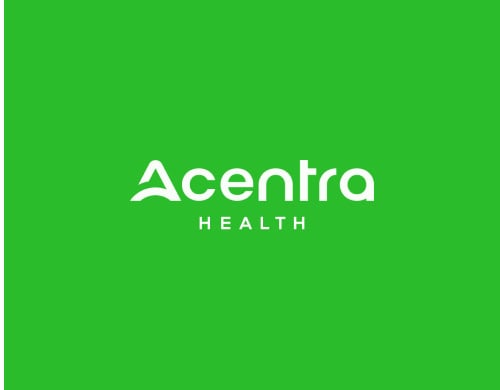Ensuring Fairness in Healthcare to Address Social Determinants of Health
Health equity is essential in Medicaid administration. However, delivering on it can be especially difficult in states like New York, Texas, and Florida. These states have large and diverse populations and face unique challenges related to race, ethnicity, socioeconomic status, and geographic location.
States facing these unique challenges are partnering with innovative organizations with deep expertise in Medicaid programs. Based on an examination of programs across 45 states in the US, success starts with:
-
Address Geographic Diversity
Medicaid programs must tailor their approaches to address these unique challenges presented by urban, rural, and suburban areas:
-
- Urban Areas: Focus on reducing overcrowding in healthcare facilities and improving access to preventive care.
- Rural Areas: Address the shortage of healthcare providers and improve transportation to medical services.
- Suburban Areas: Ensure healthcare services are accessible and affordable for low-income residents.
States such as New York—comprised of urban, rural, and suburban areas—are in a particularly difficult situation. However, Medicaid programs that customize their strategies based on geographic needs see better health outcomes and higher patient satisfaction.
-
Harness Local Knowledge & Language Support
Many Medicaid recipients speak languages other than English. Implementing multilingual training programs and hiring bilingual staff can help bridge language barriers and improve patient satisfaction. Recruiting providers from your agency’s communities can also help build trust and lead to better health outcomes.
-
Train Providers on Industry & Local Best Practices
Proper training for healthcare providers and administrators is essential for delivering equitable care. Training should include:
- Cultural Competency: Understanding the cultural backgrounds and health beliefs of diverse populations.
- SDOH Awareness: Recognizing the social factors affecting health and how to address them—especially within your providers’ communities.
- Community Resources: Connecting patients to local support services and resources requires knowledge of the communities and populations you serve, the resources available, and the seen and unseen barriers these populations may face in accessing those services.
-
Strengthen Provider Networks & Outreach
Encouraging more providers to enroll in the Medicaid provider network is crucial for improving health equity. States must enhance their provider outreach efforts and rely on Managed Care Organizations (MCOs) to maintain a strong provider network.
- Provider Outreach: States should actively engage with healthcare providers to encourage them to join the Medicaid network, emphasizing the importance of serving diverse communities.
- Strengthening MCO Networks: Ensuring that MCOs have a robust provider network is essential for delivering high-quality care. MCOs can leverage local knowledge and expertise to better serve Medicaid populations.
- Community Trust: Providers who are familiar with the communities they serve can build stronger relationships and improve care quality. Increasing the number of community health workers (CHWs) who are familiar with local needs can significantly improve health outcomes.
- Support Resources: Training staff to connect Medicaid members with local support resources is essential for addressing SDOH and HRSN. In fact, investing in resource navigation training can significantly improve patient outcomes by addressing the social factors that impact health.
-
Find Knowledgeable Partners
Partnering with organizations that truly understand their work environment is crucial for effective Medicaid administration. Third-party partners can bring valuable insights into the local challenges and resources, enabling more targeted and effective interventions. States looking to create or advance their programs will often turn to external experts experienced in administrating and delivering effective, equitable healthcare solutions. Organizations should ensure that prospective partners have local expertise, such as working with other agencies within the state and having a proven track record of ensuring Medicaid programs meet the needs of a state’s priority populations.
Conclusion: The New Normal Must be Health Equity in Medicaid
Health equity in Medicaid administration is not just a goal but a necessity. Medicaid programs should focus on training, multilingual preparation, geographic diversity, hiring diverse providers, connecting members to support resources, and finding knowledgeable partners. While investing in these areas may seem costly, improved health outcomes increased patient satisfaction, and reduced healthcare costs make it a worthwhile.






